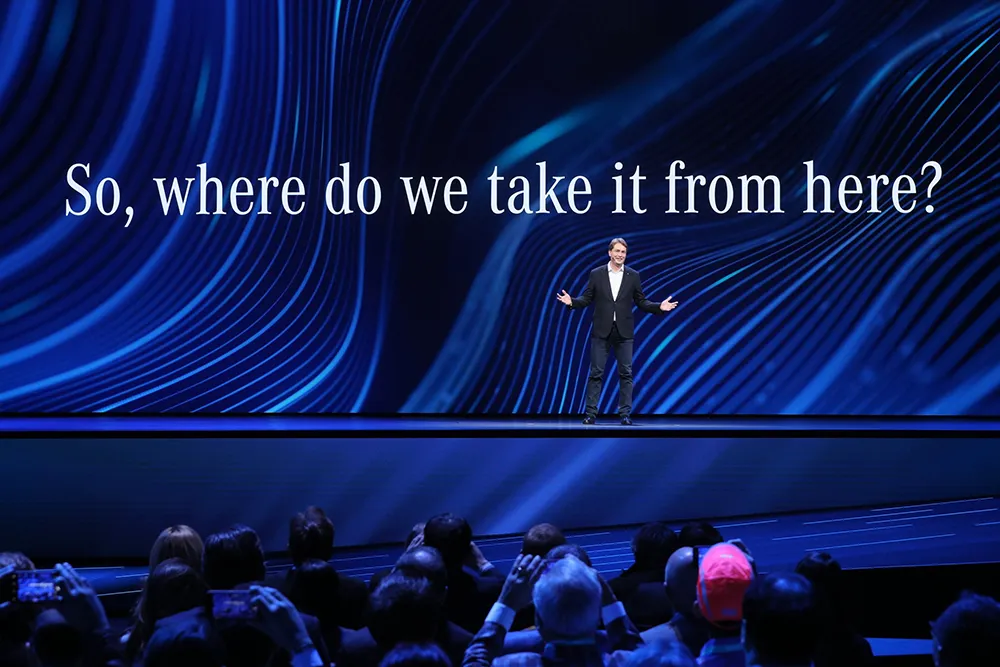The city of Chula Vista in California is inviting researchers to propose projects, partnerships and pilot programmes on unmanned aerial systems (UAS) and autonomous vehicles (AVs).
The city has issued a ‘request for expressions of interest’ highlighting that city-owned facilities are now available to businesses and organisations.
Eric Crockett, economic development director, says: “Chula Vista is the only city in the nation with federal recognition for both AV and UAS testing and validation in a real-world environment.”
Available locations include an undeveloped 375-acre university site which is already being used by drone start-ups. For AV firms, the city is also offering 17,000 square feet of industrial space for vehicle maintenance.
“We’ve kept this solicitation as open-ended as possible because we want to encourage industry responses to be creative and innovative,” Crockett adds.
Chula Vista invites private sector to develop drone and AV programmes
The city of Chula Vista in California is inviting researchers to propose projects, partnerships and pilot programmes on unmanned aerial systems (UAS) and autonomous vehicles (AVs).
The city has issued a ‘request for expressions of interest’ highlighting that city-owned facilities are now available to businesses and organisations.
Eric Crockett, economic development director, says: “Chula Vista is the only city in the nation with federal recognition for both AV and UAS testing and validation in a real
March 7, 2019
Read time: 1 min










